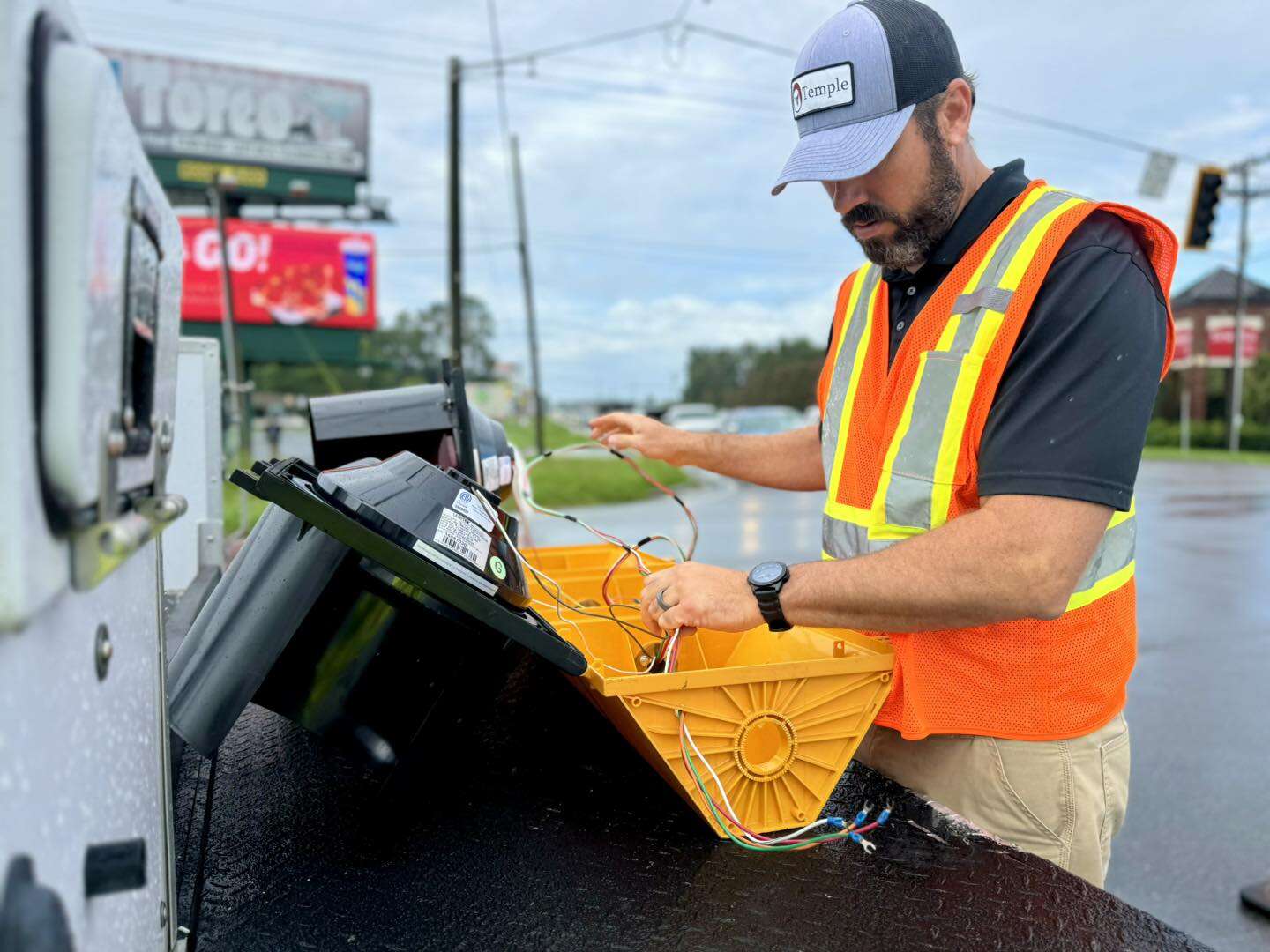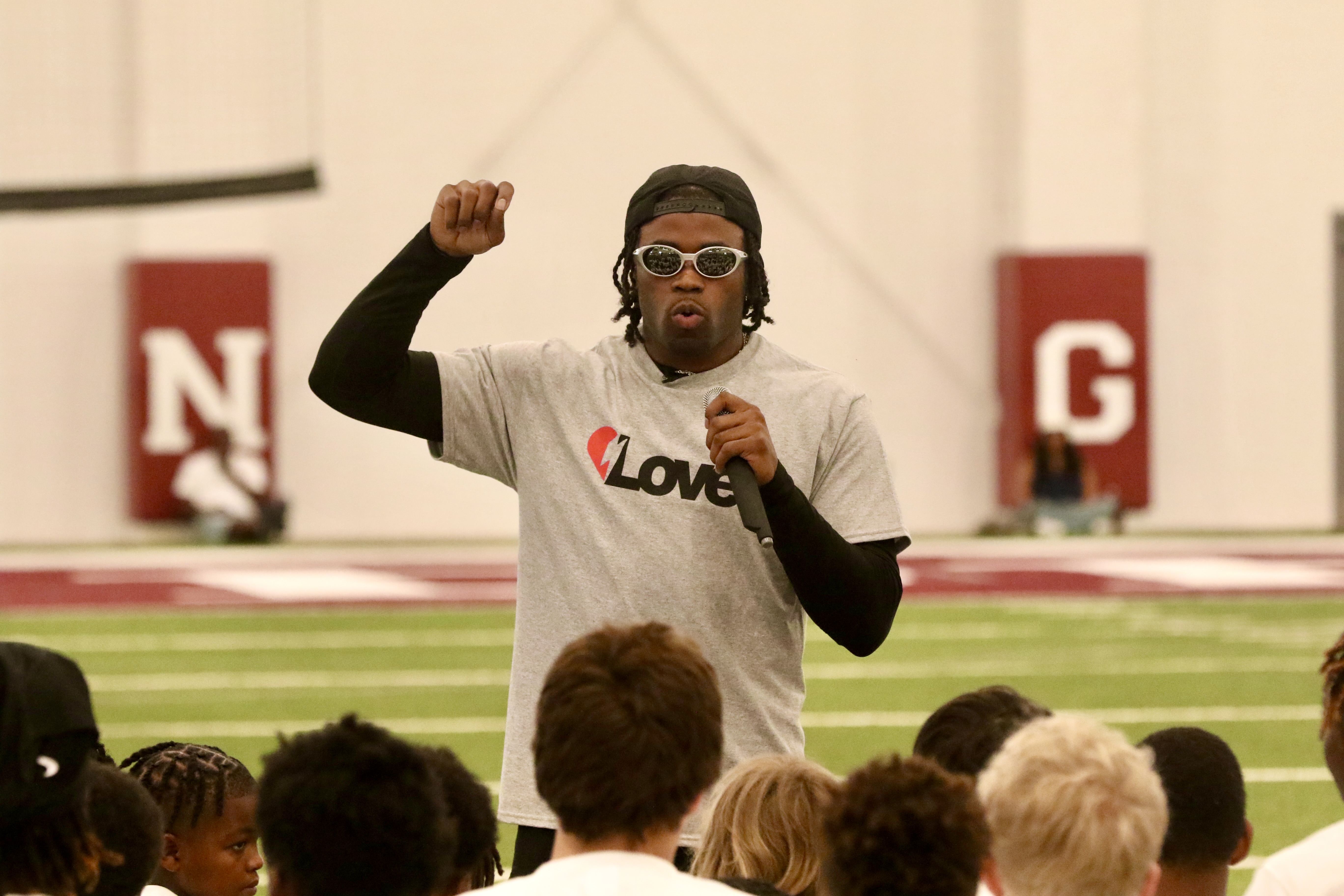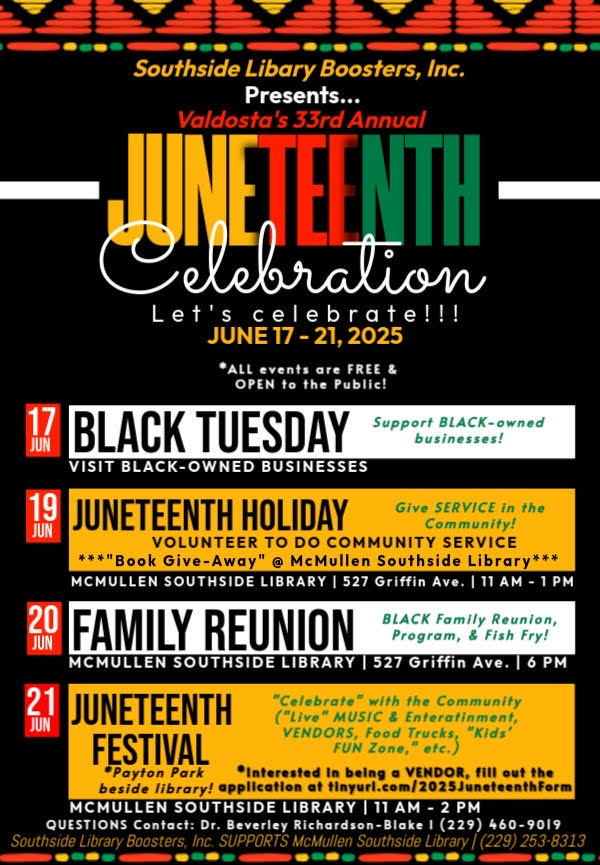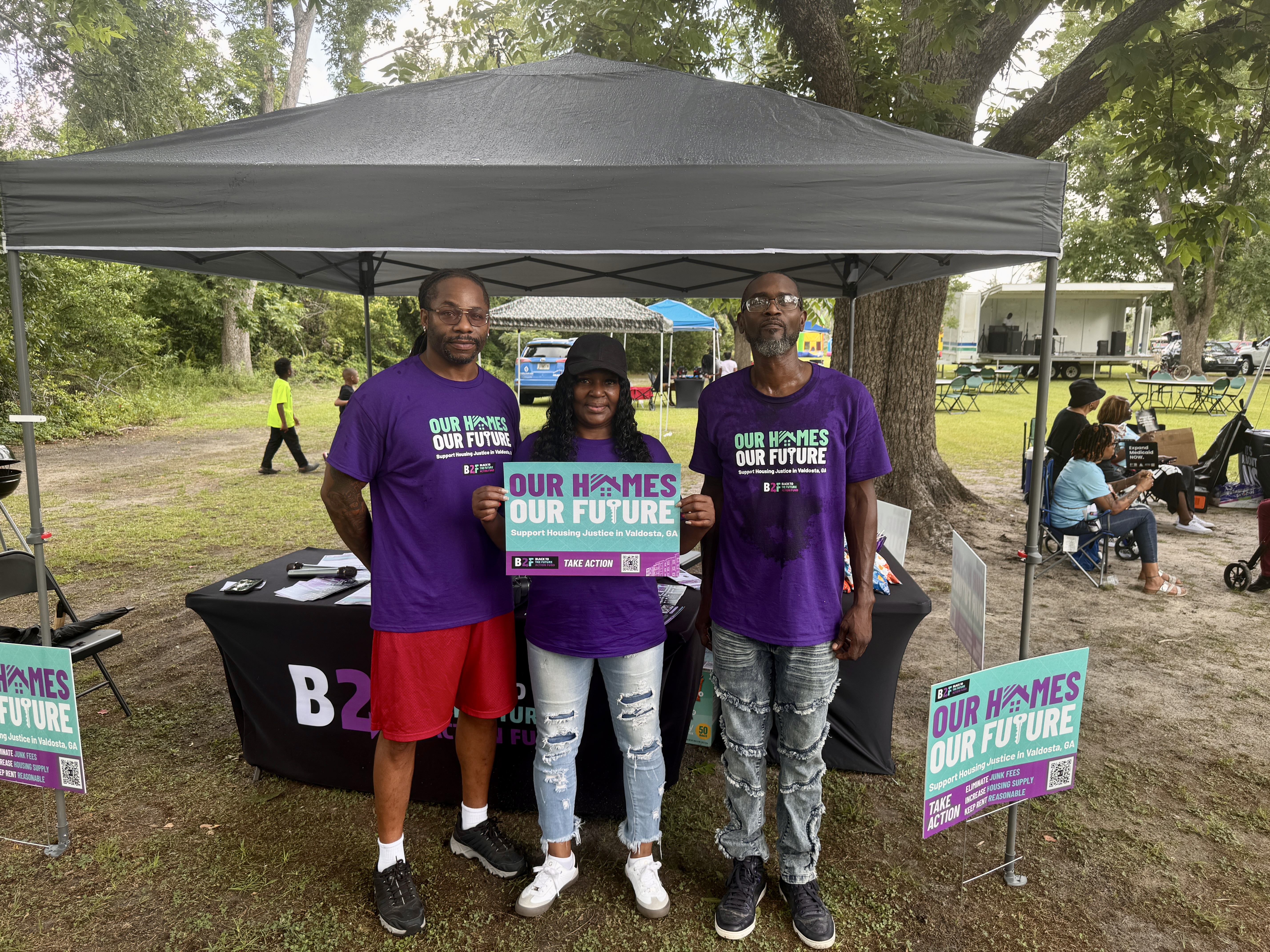A President’s Day visit to the George Bush Presidential Library and Museum
Published 5:00 am Sunday, February 15, 2015
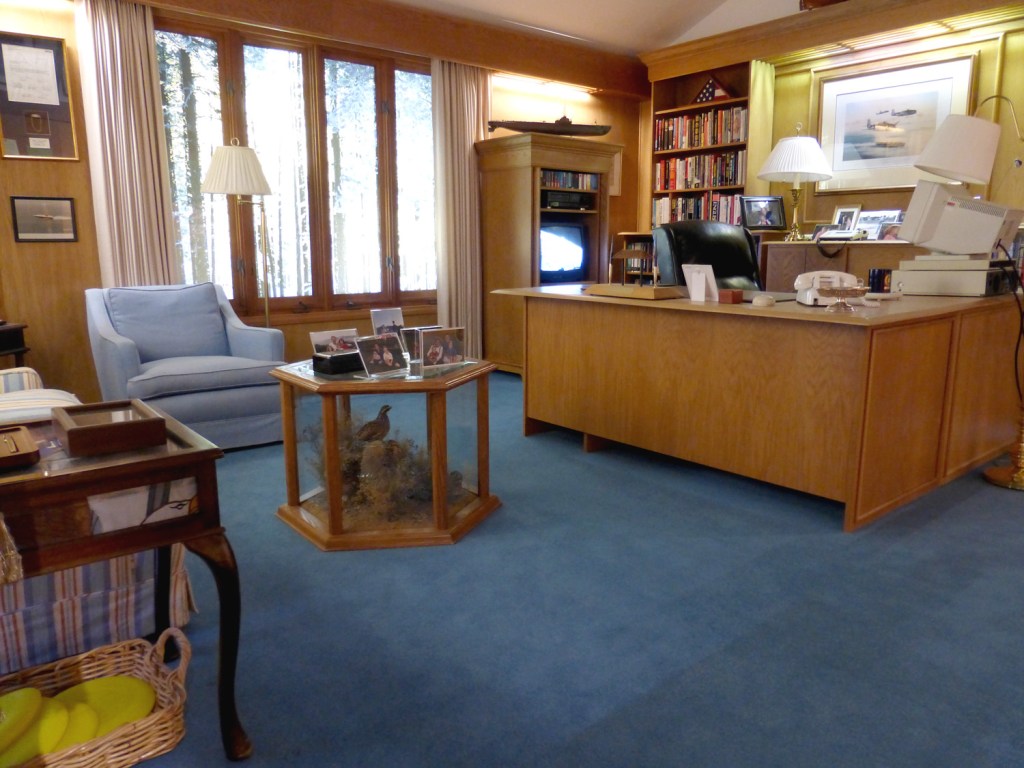
- Replica of the Bush office at Camp David.
By Kay and David Scott
Presidential libraries were established by Congress in 1955 in order to preserve and make accessible in a single location presidential materials such as papers, records, and audio and video recordings.
The libraries, typically utilized by researchers, are often accompanied by museums that are of more interest to the general public.
The George Bush Presidential Library and Museum at Texas A&M was dedicated in 1997 by President and Mrs. Bush as our country’s 10th presidential library.
Former presidents Gerald Ford, Jimmy Carter, and Bill Clinton attended, along with Lady Bird Johnson, Nancy Reagan, Hillary Clinton, and then-Texas Gov. George W. Bush and wife Laura.
The George Bush Library
Each president since Herbert Hoover has chosen the location of his library. The proposed presidential library and museum of President Bush attracted three primary applicants, each of which was on or near a university campus: Texas A&M, Rice, and Yale.
Texas A&M in College Station won the bidding by offering 90 acres of land plus a school of government and public service that would be named for the president. The university also provided campus living accommodations for President and Mrs. Bush.
The Bush complex at Texas A&M is 63,000 square feet in size and cost $43 million to build. Funding came from private sources raised through the George Bush Presidential Library Foundation. Museum facilities underwent an $8.3 million renovation in 2007.
The 90-acre campus includes three buildings: the Library and Museum, the Bush School of Government and Public Service, and the Annenberg Presidential Conference Center. A statue of George H.W. Bush stands in a plaza between the three buildings, as does a magnificent sculpture of horses jumping over remnants of the Berlin Wall to showcase one of the major events of the Bush presidency: the fall of the Berlin Wall.
The Barbara Bush Rose Garden, the Bush family gravesite, and a pond are located behind the buildings.
Included in the mission of the George Bush Museum and Library is to “inform and enrich learning for all ages about American history, the role of the presidency in general with special focus on the administration of George Bush.“
This is the first presidential library to house a classroom that can be used by student groups as a computer lab or regular classroom. Students participating on school fieldtrips are not required to pay an entrance fee.
A Guide for Visitors
The library is separate from the museum and used primarily for research purposes. The library’s research room is open to the public and appointments are recommended, but not required.
The library’s textual archives contain more than 45 million pages of official documents and personal papers from President Bush’s public career, along with thousands of hours of audio and video tape and approximately 2 million photographs. However, it is the museum that most people visit.
Visitors enter the museum into a large rotunda where they are directed into a theater for an 18-minute film that presents an overview of the lives of President and Mrs. Bush.
Following the film, guests head to a nearby service desk where they receive a map of the museum plus a hand-held audio instrument that offers background about the displays and exhibits.
The museum is divided into eight major areas. Displays with large images and printed text, exhibits, and monitors featuring informative videos are scattered throughout each area.
A visit might last as little as an hour, but several hours are required to do justice to the many exhibits and videos, while utilizing the interactive displays and listening to the hand-held audio guide.
Museum Displays and Exhibits
The museum’s primary focus is the “Life and Times of George Bush,” beginning with the early years in Kennebunkport, his schooling, and experiences during World War II.
The museum includes a restored Grumman Avenger torpedo bomber similar to the one he flew during the war. Other displays recount details of his marriage to Barbara Pierce and his student days at Yale.
One interesting exhibit is a restored 1947 Studebaker similar to the one the Bush family drove when they moved to Texas to begin work in the oil business.
Displays addressing the Bush presidency include a replica of the Oval Office (where visitors can sit behind the president’s desk and have their photo taken), the White House Situation Room, and his office at Camp David. Also on display are gifts of state and a section of the Berlin Wall.
A large area covers the Gulf War while another area touches upon the active role of First Lady Barbara Bush during their White House years.
A separate gallery houses temporary exhibits. These have included exhibits on American history, the American presidency, and topics of special interest to George and Barbara Bush.
The current exhibit, “Offshore Drilling: The Promise of Discovery,” focuses on the history of offshore drilling with an emphasis on George Bush as a successful oilman; and on offshore drilling’s future with displays of new technologies and research being conducted at Texas A&M University.
The George Bush Library and Museum (www.bushlibrary.tamu.edu) is open 9:30 a.m. to 5 p.m. Monday through Saturday; 11 a.m. Saturday; noon-5 p.m. Sunday. It is closed Thanksgiving, Christmas and New Year’s Day. The cost to tour the museum is: adults $9, seniors $7, children (6-17) $3, children under 5 and active military are free.
As an aside, the two of us have visited a number of presidential libraries and museums, and this one on the Texas A&M campus proved to be one of the best.
Kay and David Scott are authors of “Complete Guide to the National Park Lodges” (Globe Pequot). They live in Valdosta.


